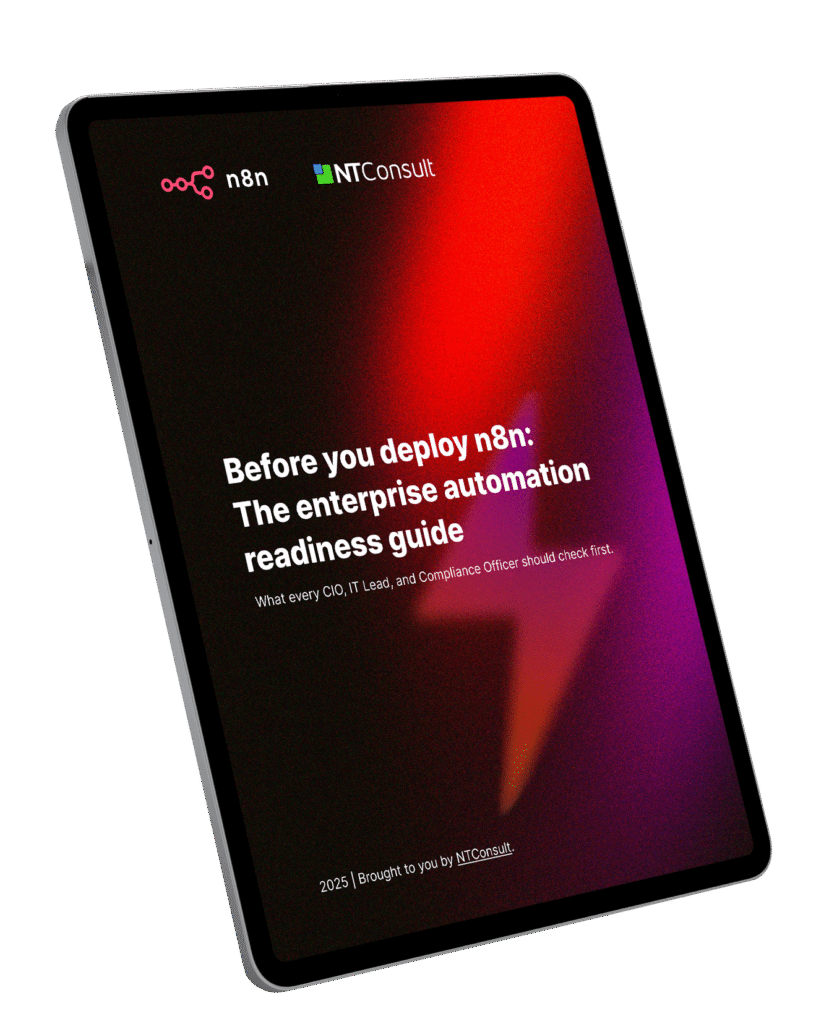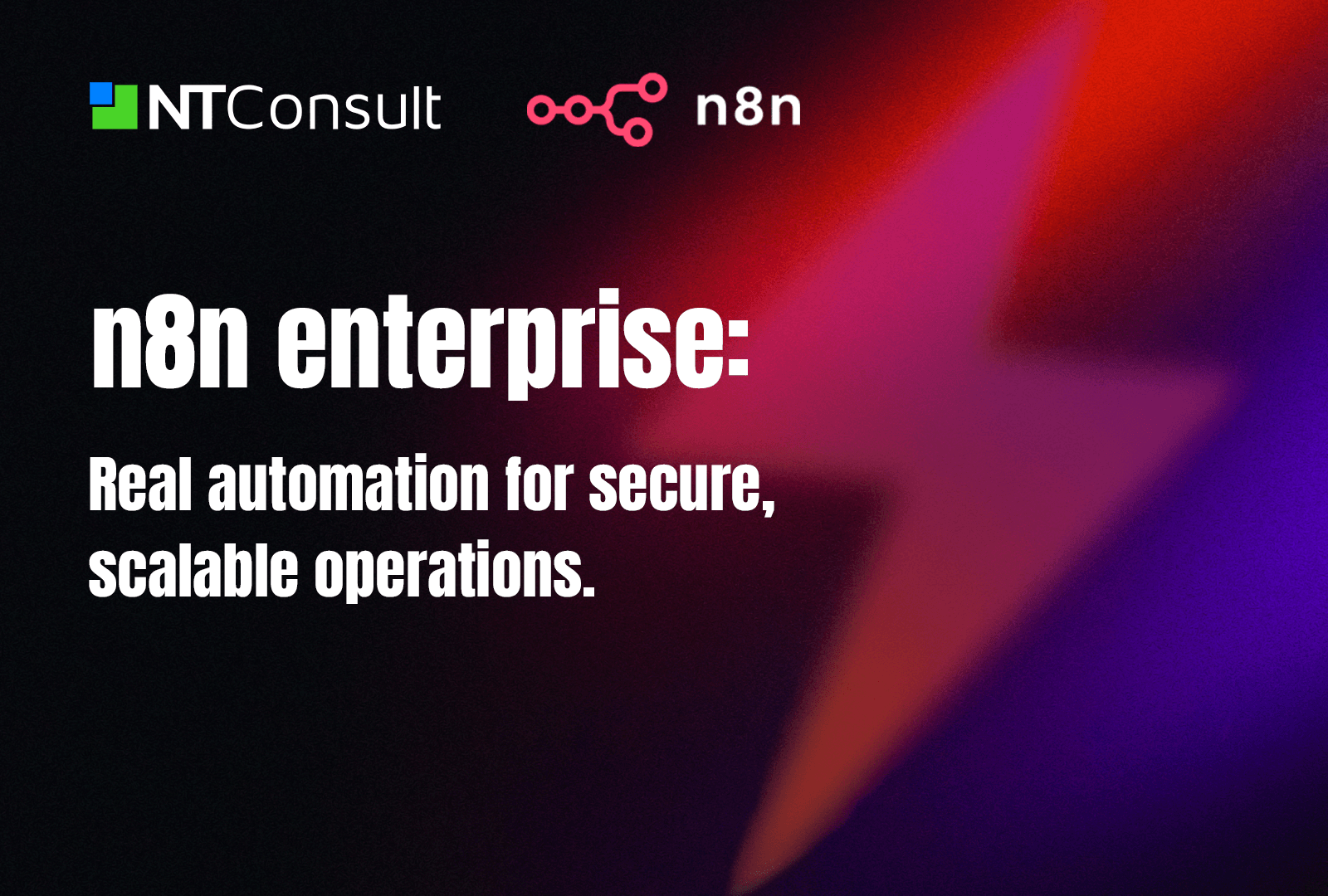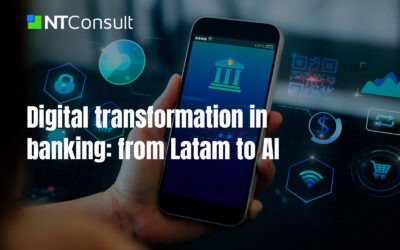In a digital landscape increasingly driven by automation, enterprises face a critical inflection point: how to scale complex workflows securely, efficiently, and without compromising compliance?
Tools that once served well in startup labs or isolated departments often falter when subjected to the rigors of enterprise demands, auditability, collaboration, integration, and governance.
n8n has emerged as a powerful, extensible automation platform, known for its open-source flexibility and strong developer adoption. But while the community version offers accessibility and experimentation, it lacks the guardrails and enterprise-grade features required by organizations operating at scale in regulated environments.
That’s where an enterprise comes in. Designed for organizations managing hundreds (or thousands) of mission-critical workflows, it introduces essential capabilities for traceability, security, and operational resilience. From robust access controls and observability to structured team collaboration, the enterprise edition transforms n8n into a foundation for orchestrating business-critical operations, not just automating tasks.
This guide is tailored for senior technical leaders in sectors like finance, telecom, and insurance, industries where automation must meet stringent requirements for uptime, compliance, and interoperability. Whether you’re evaluating whether an enterprise is right for your organization, or preparing to migrate from the community version, we’ll walk you through:
- The core differences between community and enterprise editions;
- Pricing considerations and ROI levers;
- Readiness benchmarks for large-scale deployment;
- Compliance and security safeguards;
- Implementation best practices for real business outcomes.
Let’s explore what real automation looks like, when done right.
What is an enterprise and how does it differ from the community version?
n8n is a fair-code, source-available automation platform that allows technical teams to design, deploy, and monitor sophisticated workflows, connecting APIs, databases, microservices, and more through a visual interface. Initially embraced by developers for its flexibility and no-cost barrier, n8n’s community version powers thousands of proof-of-concept workflows across startups and mid-sized teams.
However, as automation initiatives mature and touch critical infrastructure, most organizations encounter the same obstacles: lack of visibility, poor access control, absence of rollback or audit capabilities, and growing operational risk. This is where n8n enterprise becomes essential.
Here’s how the enterprise edition stands apart:
- Deployment flexibility: while the community edition is typically self-hosted, n8n enterprise offers both managed cloud hosting and enhanced self-hosted options with enterprise-grade uptime guarantees.
- Security and access management: enterprise includes advanced permission structures, SSO/SAML support, and audit trails, ensuring workflows are secure and compliant.
- Observability and traceability: with real-time logging, version history, and error monitoring, teams can detect and resolve failures before they escalate.
- Team collaboration: native multi-user support with role-based access enables coordinated development across departments without stepping on each other’s changes.
- Support and SLAs: unlike the community model, enterprise clients benefit from dedicated support, onboarding assistance, and guaranteed response times, critical for uptime-sensitive environments.
These distinctions are not just technical upgrades, they form the operational bedrock for deploying automation in banking, telecom, and enterprise IT. Without them, organizations risk building critical workflows on an unstable foundation.
How much does n8n enterprise cost, and what influences pricing?
When evaluating n8n enterprise, one of the first and most pressing questions from technical leaders is cost. While pricing may appear straightforward, it’s essential to understand the variables involved, and the broader value proposition that the enterprise version delivers.
At its core, an enterprise pricing is influenced by:
- Number of workflows deployed across environments;
- Active users and teams, including access controls and roles;
- Support tier and SLAs, such as guaranteed response times and onboarding assistance;
- Hosting model, whether managed cloud or self-hosted.
That said, the most significant cost consideration often isn’t the license itself, but the hidden operational costs of scaling with the community edition. These include:
- Downtime and firefighting due to lack of structured rollback;
- Inefficient troubleshooting from missing observability and logs;
- Developer fatigue caused by unmanaged permissions or duplicated work;
- Delays in response due to absence of support or SLAs.
In regulated sectors, these gaps can become critical liabilities. A single failure in a financial transaction flow or telecom provisioning system may result in real revenue loss, or worse, compliance violations.
By contrast, investing in an enterprise shifts automation from a development experiment to a managed capability with predictable cost, resilience, and scale.
NTConsult strengthens this value by delivering more than a platform license. We provide:
- Structured implementation frameworks tailored for enterprise architecture;
- Agentic AI integration for semi-autonomous orchestration;
- Legacy system bridges that reduce manual dependencies;
- Governance models that support long-term reliability and growth.
This means your investment is not just in tooling, but in results. Our team ensures that your automation strategy pays off in performance, predictability, and peace of mind.
What is Agentic AI, and why does it matter for enterprise automation?
Agentic AI goes beyond predefined workflows. It enables automation systems to make context-aware decisions, adapting their behavior based on real-time inputs, historical patterns, or business logic. In regulated industries, this means faster exception handling, fewer manual escalations, and orchestration that evolves with your operation.
At NTConsult, we embed Agentic AI into n8n architectures to create automation layers that aren’t just reactive, they’re intelligent, observable, and designed to operate autonomously within enterprise guardrails.
Enterprise readiness: is your organization prepared to scale with n8n?
Many organizations discover only after a disruption that their automation estate has grown beyond control: workflows are undocumented, access is unrestricted, and critical processes rely on ad hoc scripts with no rollback or monitoring. Then come outages, errors, and compliance concerns that reveal a lack of foundational structure. To scale securely, enterprises need more than working automations; they need operational readiness.
We developed a 7-point readiness checklist to help technical leaders identify critical gaps before scaling n8n. Below is a structured diagnostic table to guide that evaluation:
| Criterion | Why it Matters | Explanation |
| CI/CD Integration | Enables stability and rollback | Workflows should be deployed via pipelines, not manually in production. |
| Versioning & Change Mgmt. | Ensures auditability and control | Teams must track all changes and revert as needed across environments. |
| DevSecOps Alignment | Builds secure automation by design | Security checks (e.g., scans, policies) should be embedded in the dev process. |
| Access Governance | Prevents misuse and supports accountability | Role-based permissions and audit logs are essential for multi-user control. |
| Observability & Monitoring | Supports resilience and performance oversight | Teams must detect anomalies, errors, and SLA breaches in real time. |
| Environment Isolation | Avoids contamination across dev, staging, and production environments | Promotion workflows must be controlled and isolated. |
| Documentation & Ownership | Avoids knowledge loss and improves maintainability | Each workflow must have a documented owner, description, and handover process. |
Security, compliance, and the risks of unmanaged automation
In high-stakes environments like finance and telecom, automation without governance is a liability. When developers build scripts or workflows outside centralized oversight, using unmanaged Docker containers, ad hoc API integrations, or shared credentials, organizations inherit invisible risk. These “shadow automations” might work temporarily, but they lack critical safeguards: audit trails, rollback capability, access logs, and compliance alignment.
As one client put it, “Our devs could move fast, but blind.” Without visibility, technical debt accumulates silently. A misconfigured webhook or expired token can quietly disrupt customer-facing services. Worse, sensitive data may flow through unencrypted channels or untracked third-party endpoints, exposing the company to regulatory scrutiny.
Compliance today isn’t optional. Financial and telecom firms must meet strict standards around data access, traceability, and change management. That requires more than functional automation, it requires secure orchestration, with layered access control, documentation, and real-time observability.
n8n enterprise offers these governance features natively, transforming scattered workflows into a defensible architecture that withstands audits, scale, and security incidents.
How NTConsult delivers an enterprise with real business outcomes
Enterprise automation isn’t about running workflows, it’s about transforming operations with visibility, security, and resilience. That’s where NTConsult goes beyond basic implementation. Our approach combines deep technical expertise with a delivery model purpose-built for regulated, high-complexity environments.
Here’s what sets us apart:
- Governance-first architecture: every deployment is mapped with traceability, auditability, and access controls from day one, no retrofitting required.
- Agentic AI integration: we extend n8n’s capabilities with intelligent, autonomous logic that adapts to business context in real time.
- Legacy system interoperability: NTConsult builds connectors and orchestration bridges to bring mainframes, ERPs, and other legacy systems into modern automation flows.
- Performance at scale: whether managing bursts of telecom provisioning or concurrent financial transactions, our environments are designed to operate under real-world enterprise load.
- Regulatory fluency: we embed compliance controls, from data residency to change control, tailored to sectors like banking, insurance, and telecom.
Our delivery method follows a structured blueprint:
- Readiness assessment (technical and organizational);
- Blueprint architecture with governance layers;
- Incremental rollout via CI/CD with testable stages;
- Monitoring and optimization post-implementation;
- Enablement and training for internal teams.
This is not theory, it’s how we’ve delivered successful transformations for institutions with complex approval chains, tight SLAs, and zero tolerance for downtime.
Questions your compliance and IT teams should be asking
Automation at scale affects every layer of enterprise risk, from operational resilience to data privacy. Before expanding your automation footprint, it’s critical to engage your IT, DevOps, and security teams with the right questions. These internal conversations often surface blind spots and catalyze governance improvements.
Here are key questions drawn from NTConsult’s enterprise audit framework:
- Who owns each workflow, and is that ownership documented?
- Can we trace changes and roll back to previous versions if needed?
- Are all automation endpoints (APIs, webhooks, databases) tracked and secured?
- What’s our process for onboarding/offboarding workflow contributors?
- Do we have logs for every execution, including failures and retries?
- Is access governed by roles, or are credentials being shared informally?
- What happens when a workflow fails silently, how quickly would we know?
These are indicators of operational maturity. NTConsult facilitates this diagnostic across departments, using our readiness framework to uncover risks and structure a secure automation roadmap.
Automation is no longer a back-office advantage, it’s a core operational capability that defines how enterprises deliver value, manage risk, and scale with confidence. But speed without structure is a liability. What distinguishes leading organizations isn’t how many workflows they run, but how deliberately those workflows are governed, monitored, and evolved.
An enterprise provides the foundation. NTConsult turns that foundation into outcomes.
For enterprises in finance, telecom, and insurance, automation must meet real-world demands: traceability, uptime, integration with legacy systems, and compliance by design. These aren’t optional features, they are the cost of operating at scale without disruption.
Our role is to ensure that automation works for you, not against you. With deep technical expertise, sector fluency, and a blueprint for transformation, we help teams go beyond task automation and build orchestration engines that are secure, adaptive, and future-ready.
Download our executive guide to n8n enterprise and discover how to scale automation with confidence.

Frequently Asked Questions (FAQ)
Yes, but many organizations discover too late that retrofitting governance and security into a large community-based automation setup is costly and risky. Starting with enterprise-ready foundations avoids technical debt and compliance pitfalls.
2. Does n8n enterprise support CI/CD and version control out of the box?
Yes. It integrates with Git-based versioning and supports CI/CD pipelines, ensuring safe deployments, rollback capabilities, and traceable change histories across environments.
3. How does NTConsult handle legacy system integration?
We build connectors and orchestration layers that integrate legacy ERPs, mainframes, and proprietary APIs with n8n, enabling automation without replacing core systems.
4. What’s the difference between automation and orchestration in this context?
Automation handles isolated tasks; orchestration coordinates entire processes across systems, teams, and decisions. n8n enterprise, especially when enhanced by Agentic AI, enables true orchestration at scale.
5. Is n8n enterprise compliant with industry regulations?
Yes, provided it’s implemented with the right architecture. NTConsult ensures that audit logging, access control, and data handling are aligned with regulations like PCI-DSS, HIPAA, and regional data residency requirements.
6. Do we need in-house developers to operate n8n enterprise?
No. NTConsult can provide a fully managed solution, including blueprinting, implementation, monitoring, and team enablement, or work alongside your internal team.
7. What’s the first step to assess if n8n enterprise is right for us?
Start with our readiness assessment. It benchmarks your current automation landscape against best practices and outlines the fastest path to secure, scalable orchestration.


 Portuguese
Portuguese Spanish
Spanish


